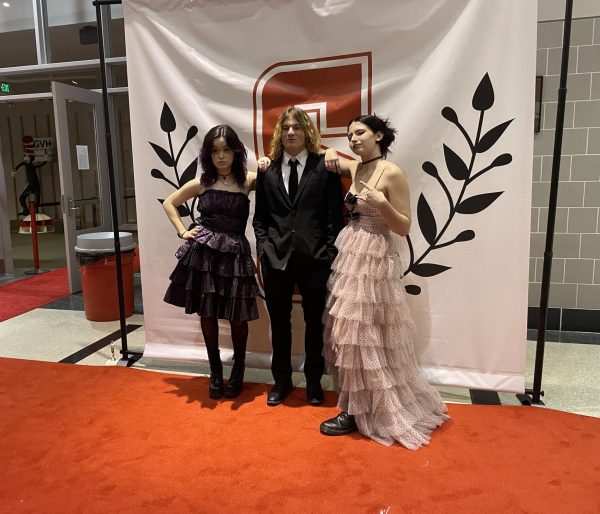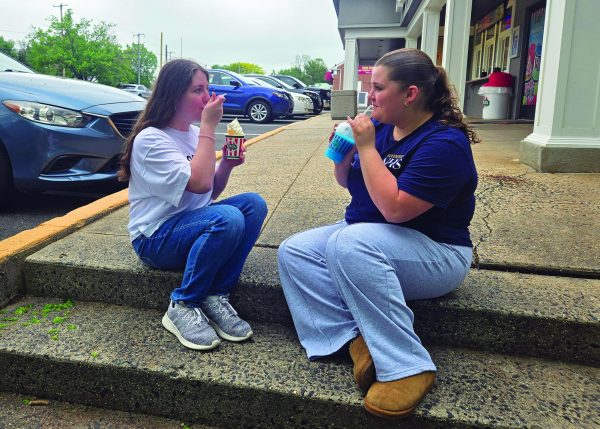Viewers reflect on racial, gender stereotypes in film
In raising awareness for the negative effects of stereotypes, students and teachers convey their reactions to seeing people playing a stereotypical role in movies and films. Many believe these stereotypes inaccurately depict the group being represented.
By expressing their reactions toward characters playing stereotypical roles, students and teachers hope others will come to realize the negativity and toxicity of the film industry.
According to freshman Leila Rhodes, characters playing stereotypical roles are due to the directors putting them in categorized roles of a community that they are portraying.
“As a director or someone who’s casting, you kind of have this certain look for people,” said Rhodes. “Whether it’s race or ethnicity, there’s always this kind of category that they’ll put people in for the part that they want.”
According to junior Lydia Hwang, the role fulfilled by the character is often put into a stereotypical category based on the director’s and producer’s perception.
This creates more stereotyping in viewers.
“I feel like they always just categorize them into what people tend to think of, instead of making them like their own person,” Hwang said.
Rather than giving a character their own specific personality, producers often rely on giving them a stereotypical personality based on what viewers might think is how they would behave in real life.
“They always just give them a specific personality or look,” Hwang said. “That increases the stereotypes on how other people view the communities in real life.”
The ethnic stereotyped characters aren’t fully representing the community that they are portraying.
“I definitely don’t think it represents the community. I feel like it’s more of the people who wrote the character,” Hwang said.
According to junior Joey Beck, it is difficult to watch a stereotyped LBGTQ+ character in movies and shows because it inaccurately portrays the whole community.
“It’s hard to watch when people are stereotyping it and kind of making it seem like this is the only way that this community is,” Beck said.
“Every community comes in all shapes and sizes, all different kinds of people.”
One common and harmful stereotype within media results in villains/criminals being played by people of color.
According to band director Adam Tucker, these stereotypes were prevalent in the 70s.
“You’ll see a lot of African Americans being portrayed as criminals and drug dealers, or especially in like the 90s there’s a lot of the Latino community [that are] being portrayed as gang members,” Tucker said.
These harmful stereotypes are not only based on race but also on genders.
According to English teacher Megan Good, women are often portrayed as always somehow in trouble or clumsy.
“The white woman is always in trouble or when she’s running in the woods she trips and falls,” Good said.
According to Good the stereotypical role mostly left a “negative” impact, because this is what people would “keep” and remember in their “head.”
According to freshman Marisa Rueger, stereotypical portrayals create a negative stigma toward certain groups of people.
“It builds this type of stigma around a certain group of people. It may make people who aren’t a part of that group look at them differently in a more negative way, depending on how they’re portrayed,” Rueger said.
This negative stigma can prevent people from becoming more educated and accepting of certain groups.
“It creates a little bit of a barrier in people’s minds to be like, ‘Oh, that’s how all people like that are,’ but it’s really not how all people like that are,” Beck said.







